Road to Tosa Irino Matsubara
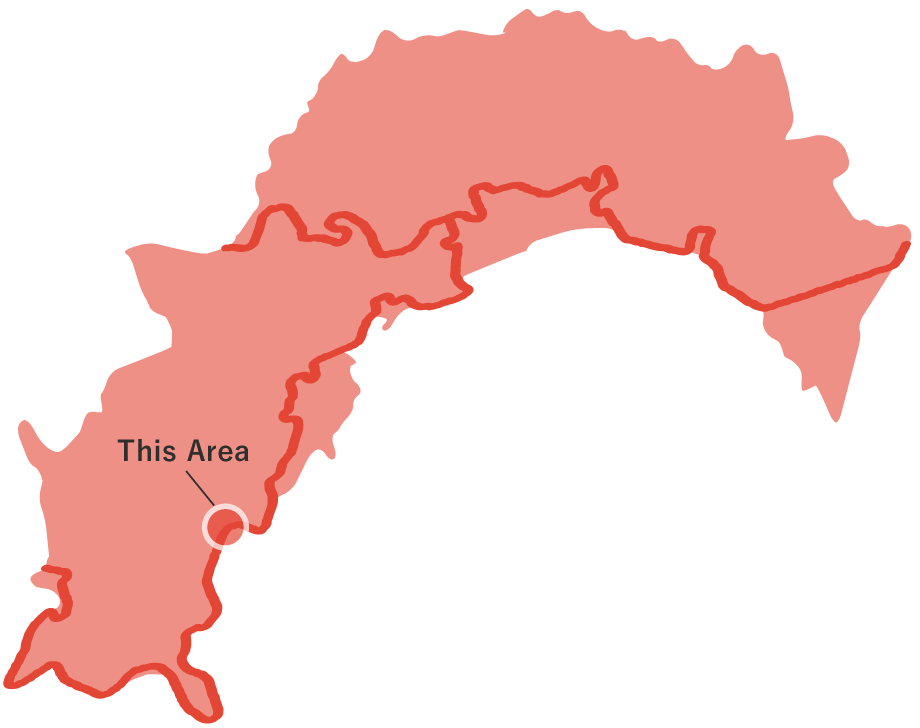
Road to Tosa Irino Matsubara
Enter the old road from National Road 56 to start the Road to Tosa Irino Matsubara starting from Nada Park. This is overall a seaside route without a lot of undulations, and is an easy course to walk.
The expansive view of the Pacific Ocean from Inomisaki will move you on your stroll. Get past the Idaura fishing port to arrive at the Ukitsu Rest Area. From there, 4 kilometers of beautiful white sand lies before you on Irino Beach. The Irino Beach was designated by the government as a designated scenic spot in 1928, and was also selected as one of the Top 100 Beaches in Japan in 1996. Walk a bit farther and you will find yourself in Irino Matsubara, a group of Japanese black pines that stretches 500-m long and 500-m wide. Irino Minoatsubara is a famous location that was named by the government as a designated scenic spot at the same time as that of Irino Beach.
Road to Tosa Irino Matsubara(14.4km)

 Spots to photograph
Spots to photograph
If you wish to receive a certificate, please take a photo that includes yourself at the designated photo point for each course.
Nearby sightseeing spots

-
1
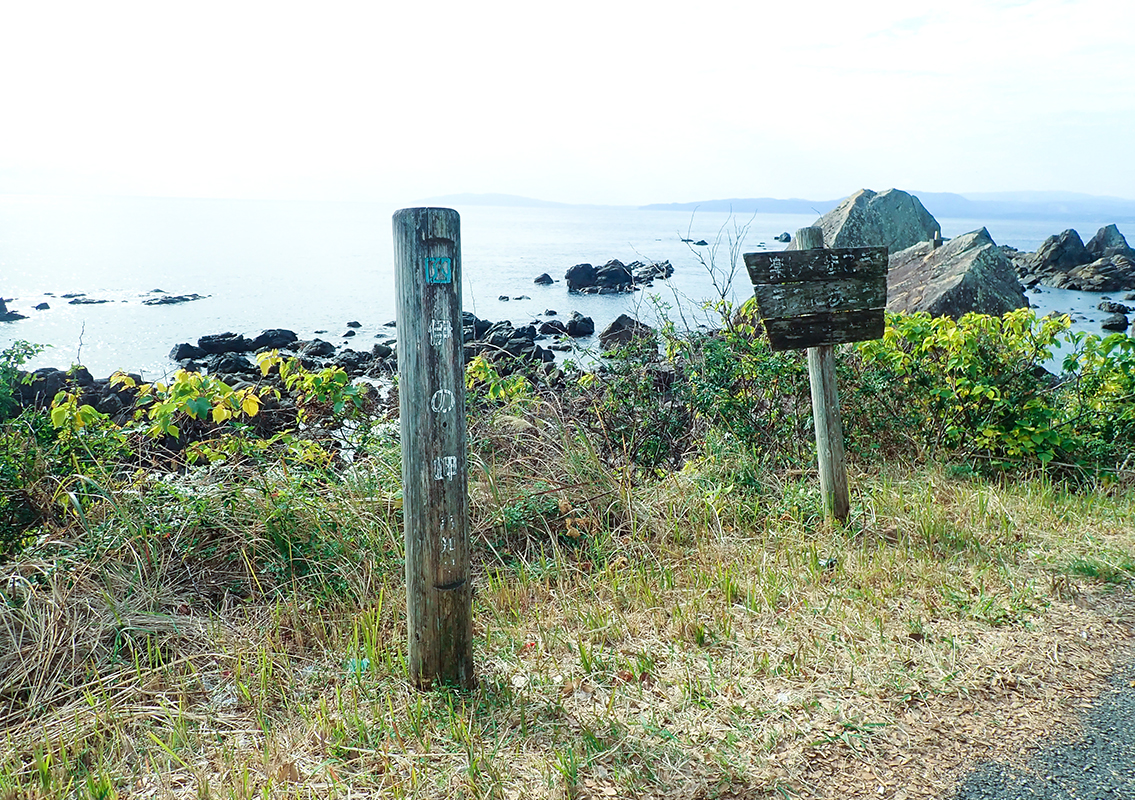 Inomisaki Beach
Inomisaki BeachInomisaki Beach is on a cape that jets out rom the east edge of the coastline that connects to Irino Matsubara. The waters are deep and it is famous as a rock fishing site so it is covered with fishers during the high seasons.
-
2
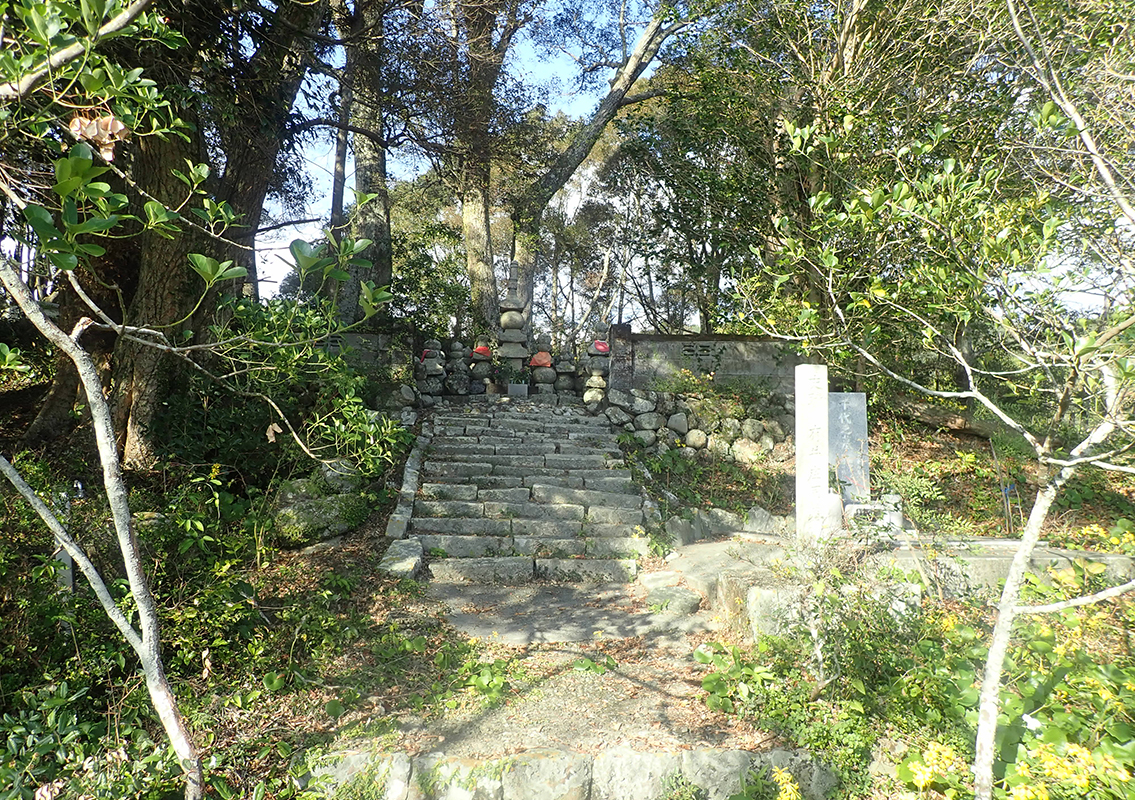 Grave of Ariishoji
Grave of AriishojiAriishoji managed the Ariikawa Manor. One of the loyal vassals who protected Imperial Prince Takanaga (also read as Takayoshi) when he was exiled to Tosa, Ariishoji built a palace in Maibara, in the inner reaches of Ariigawa, and took care of the prince's personal affairs. Learning of Ariishoji’s death, the Imperial Prince sent a cairn of five stones and his grave was constructed on the property of the Hachiman Shrine.
-
3
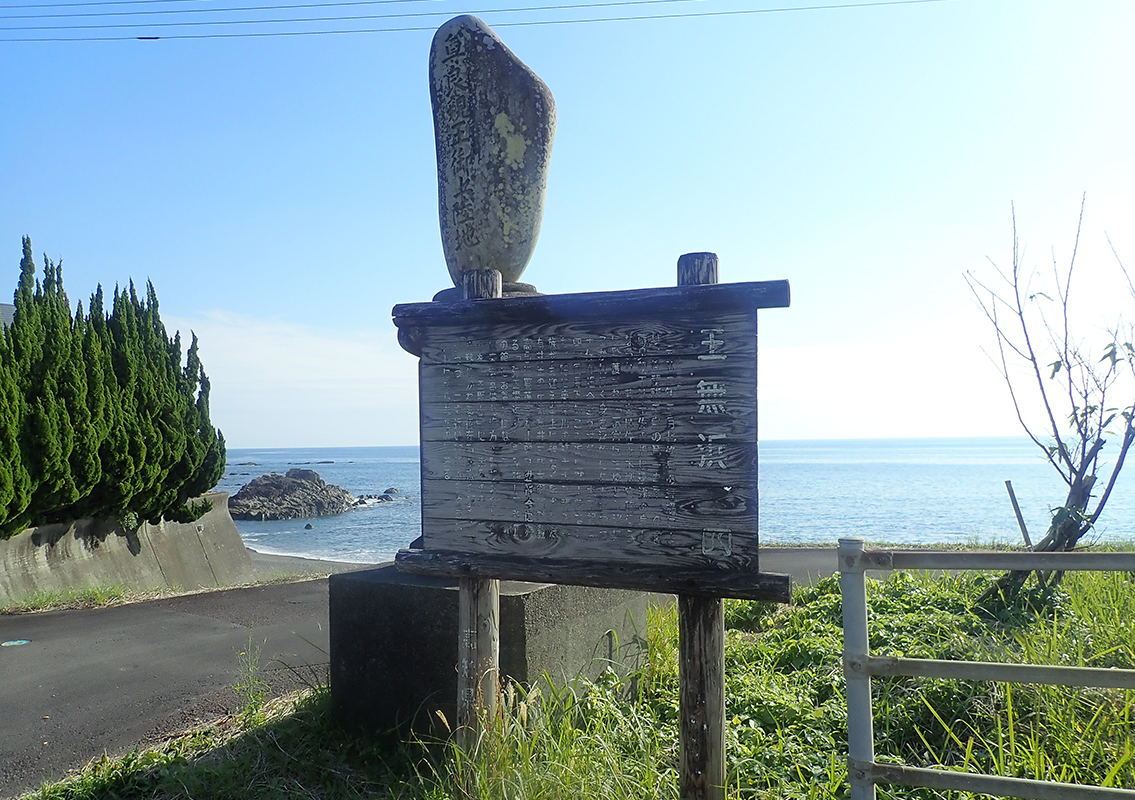 Onashi Bay
Onashi BayAt the end of the Kamakura era, Prince Takayoshi was born as Emperor Go-Daigo’s firstborn son. In 1326, they performed a ritual to celebrate his coming of age, but the Toki regent, Hojo Takatoki, decided to designated Gonijo as the crown prince, for his own convenience. After that, in 1332, Emperor Go-Daigo was sent to Oki by the Bakufu, and Prince Takayoshi ended up in Tosa. The name "Onashi Bay" means "Kingless Bay" and was so-named because while this was the spot where the exiled Prince Takayoshi landed, when Arii Shoji came running to greet him, he had already left and was nowhere to be found.
-
4
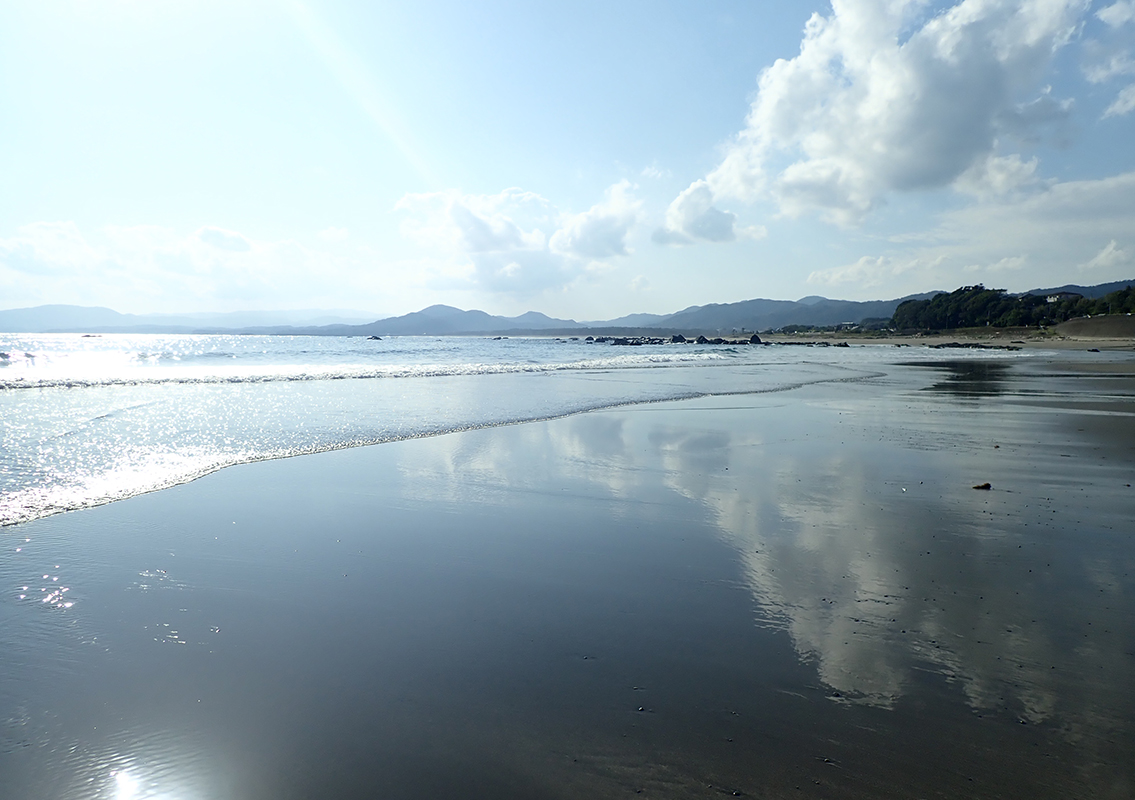 Ukitsu Beach
Ukitsu BeachThe white-colored waves from the shallow seashore and the sand that spans across 200 meters to the west create a beautiful coastline, and the scenery of Irino Matsubara make this a wonderful swimming beach. From the beginning of July to the end of August each year, the beach is open for swimming. There is also a campsite and you can enjoy swimming at your leisure.
-
5
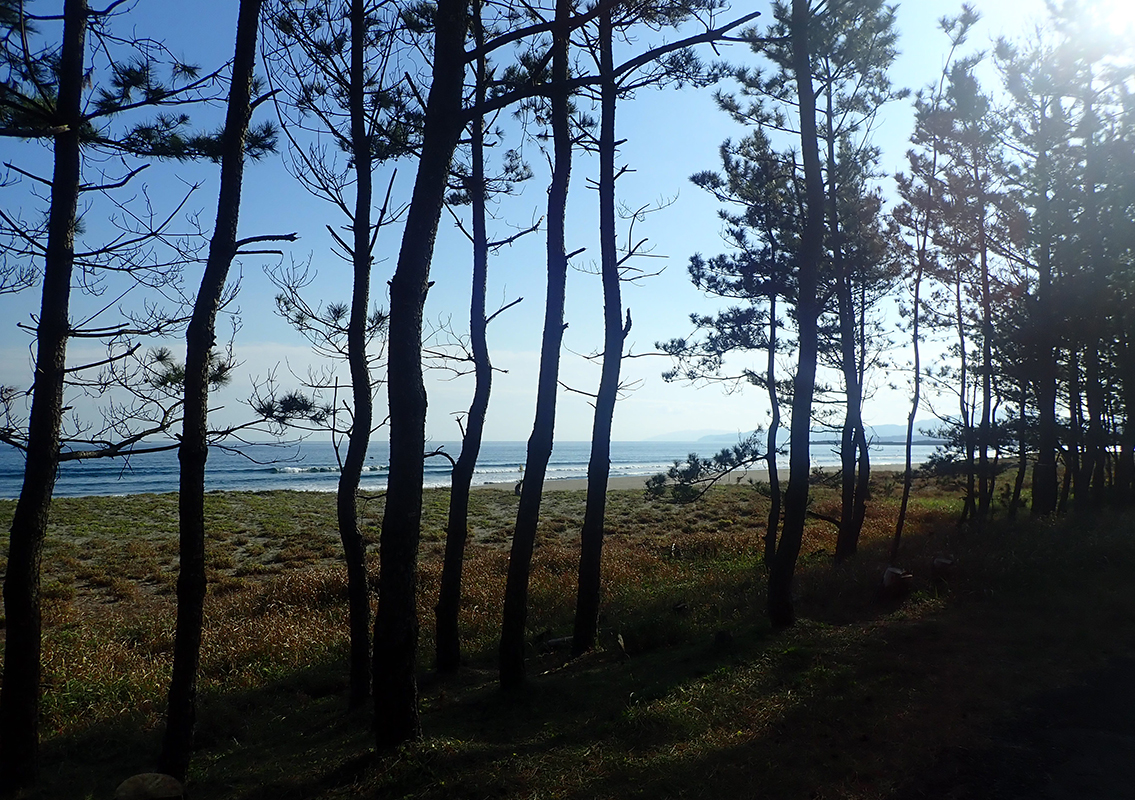 Irino Matsubara
Irino MatsubaraAround the Tensho era, Tani Chuubei Tadasumi, the keeper of Nakamura Castle at the time, used prisoners to plant Japanese black pine trees. The pine tree forest stretches for 5 km and is 500 m wide, with Japanese black pines of all sizes forming an area that gives a magnificent view of white sands and green pines, drawing in many visitors. The area comes under the Tosa Seinan Great Park, along with the sandy beach in the background. In the pine tree forest, you will find the Kamo Shrine, one of the three Engi Shiki Hata shrines, a monument to the people connected to Matsubara, and a Shotokuhi (a monument commemorating a virtuous deed).
-
6
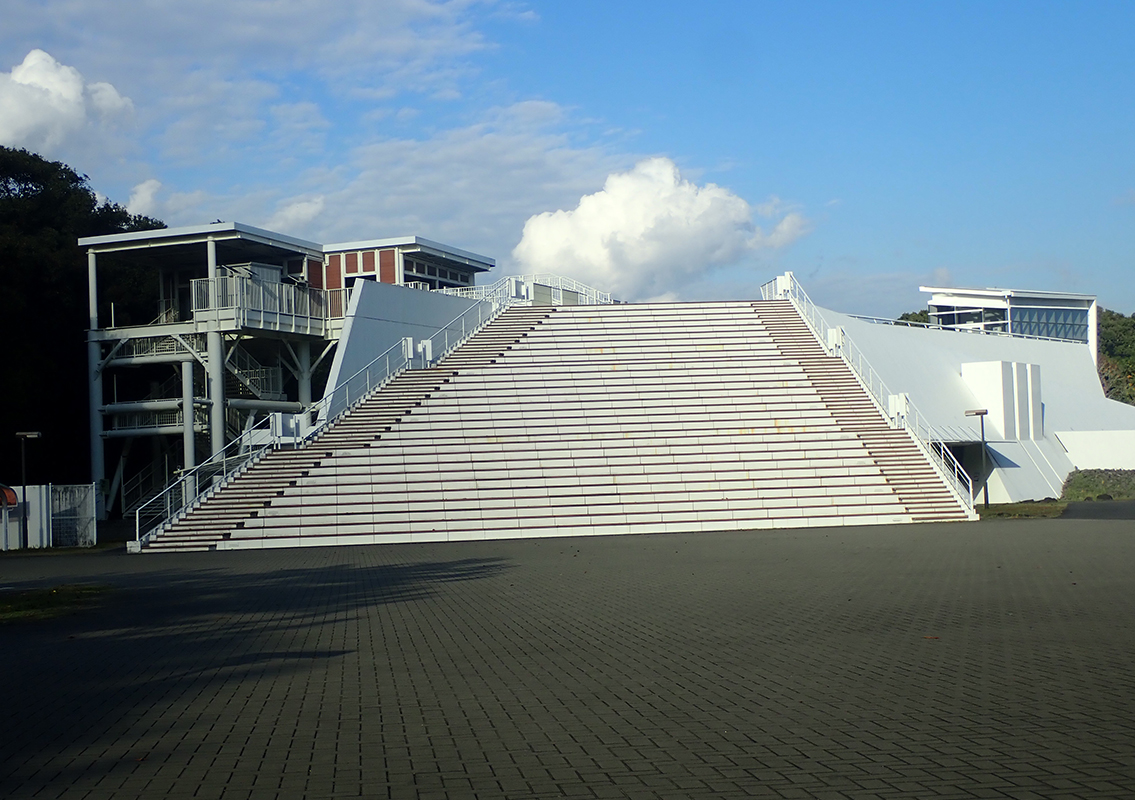 Ogata Akatsuki-kan
Ogata Akatsuki-kanThis is a municipal cultural complex in Irino Matsubara that houses a literature museum, library, hall, gallery, and other such facilities. The outside of this 3-story reinforced concrete building is an innovative, all-white design around the theme "Shiroi Yakatabune (White Houseboat)," which is the title of one of the most important works of Kuroshio-born Akatsuki Kambayashi, a noted author in the I Novel genre. The building is in beautiful harmony with the greenery of Irino Matsubara and is symbolic of Kuroshio Town. Various special exhibitions are held here each year, making this the origin point for new town culture.



